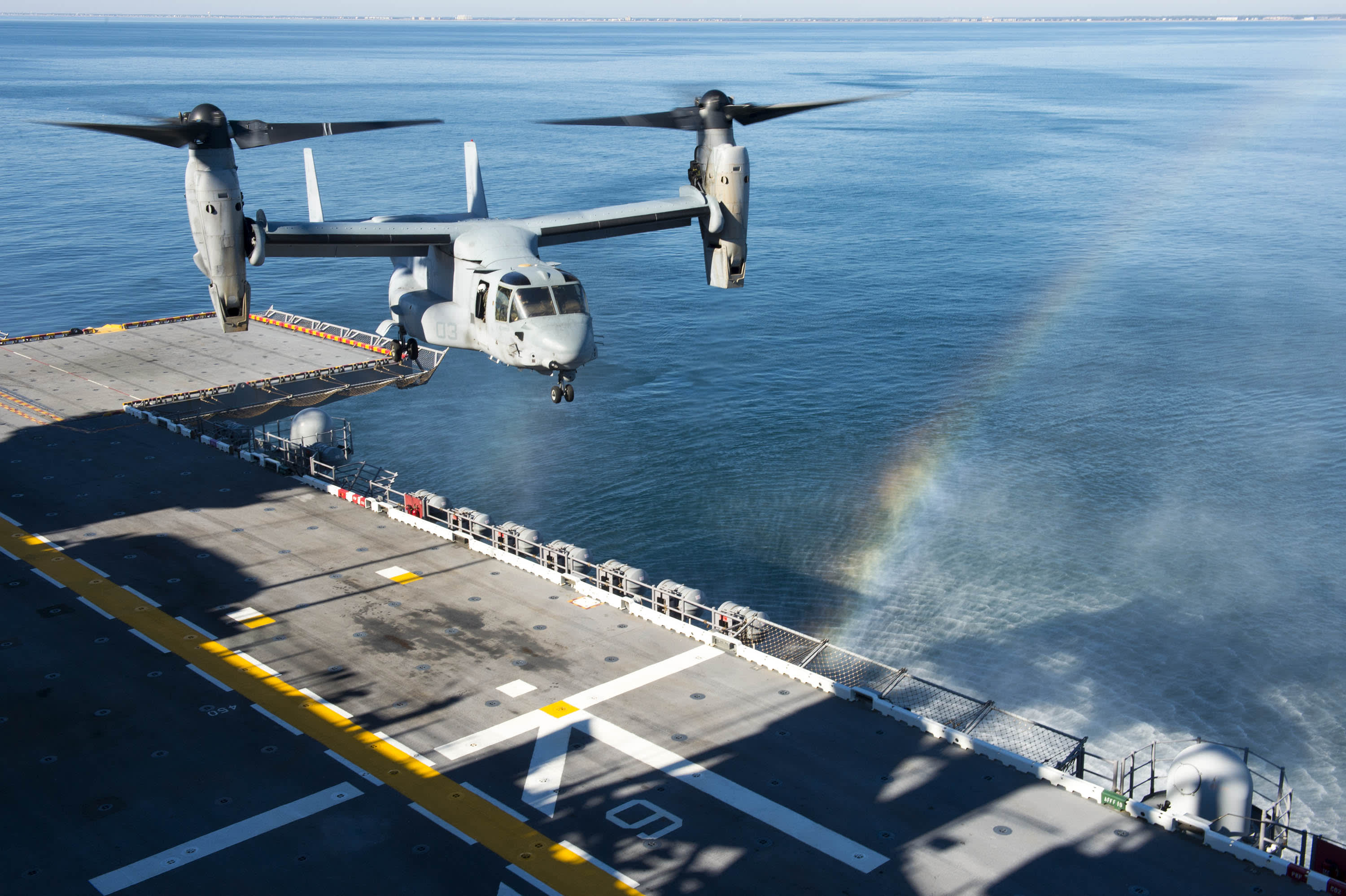Navigating Rough Waters: The Decline of Amphibious Readiness in the U.S. Navy
 The Tech Times
The Tech Times
In an era where global geopolitical tensions are on the rise, the readiness of military forces is paramount. The recent news of a significant dip in the U.S. Navy's amphibious readiness, with the current rate standing at a stark 41% compared to the desired 80%, raises eyebrows and prompts a deeper dive into the implications and historical context of such a decline.
Understanding Amphibious Readiness
Amphibious readiness is a critical component of the Marine Corps’ operational capability. It refers to the military's ability to deploy and support ground forces, from sea to shore, effectively. This capability is not just about having ships at sea; it involves a complex mix of well-maintained vessels, trained personnel, and coordinated operations.
The current readiness rate, as reported, is alarmingly low. With only 41% of the amphibious force ready to deploy, the Marine Corps faces challenges in fulfilling its mission objectives. This shortfall could have significant consequences not only for national security but also for the United States' ability to project power and influence across the globe.
Historical Context: Lessons from the Past
To appreciate the gravity of the current situation, it is essential to look back at historical precedents. During World War II, amphibious operations were crucial to the success of the Allied forces. The D-Day invasion, one of the most famous amphibious assaults in history, demonstrated the strategic advantage of having a robust and ready amphibious force.
Post-war, the importance of maintaining amphibious capabilities continued through the Cold War era. The ability to project force rapidly and effectively was a deterrent to potential adversaries. However, as global priorities shifted, so did the focus and funding for amphibious readiness.
The Current State of Affairs
Today, maintaining a high level of readiness is fraught with challenges. Budget constraints, aging equipment, and the complexities of modern warfare all contribute to the current state of affairs. The Marine Corps, while adaptable, is not immune to these pressures.
Furthermore, the deployment of sailors and Marines to the Caribbean, as mentioned in the news snippet, highlights a strategic shift in focus. It underscores the necessity for readiness in diverse geographical locations, often with limited resources and immediate demands.
Implications and Looking Forward
The implications of a reduced amphibious readiness rate are significant. It affects not only the ability to respond to immediate threats but also long-term strategic goals. The U.S. Navy and Marine Corps must address these challenges head-on, ensuring that readiness is restored and maintained.
Moving forward, a multi-faceted approach is needed. This includes investment in new technologies and vessels, improved maintenance protocols, and enhanced training programs. Collaboration with allied nations can also bolster capabilities, sharing the burden and enhancing collective security.
In conclusion, the current dip in amphibious readiness is a wake-up call. It serves as a reminder of the importance of sustained investment and strategic planning in military capabilities. As history has shown, the ability to project power from the sea can be a decisive factor in global affairs. The U.S., with its rich history of naval prowess, must navigate these rough waters to maintain its standing as a global leader.
Source: Navy amphib readiness dips as sailors, Marines deploy for Caribbean
Subscribe to my newsletter
Read articles from The Tech Times directly inside your inbox. Subscribe to the newsletter, and don't miss out.
Written by
